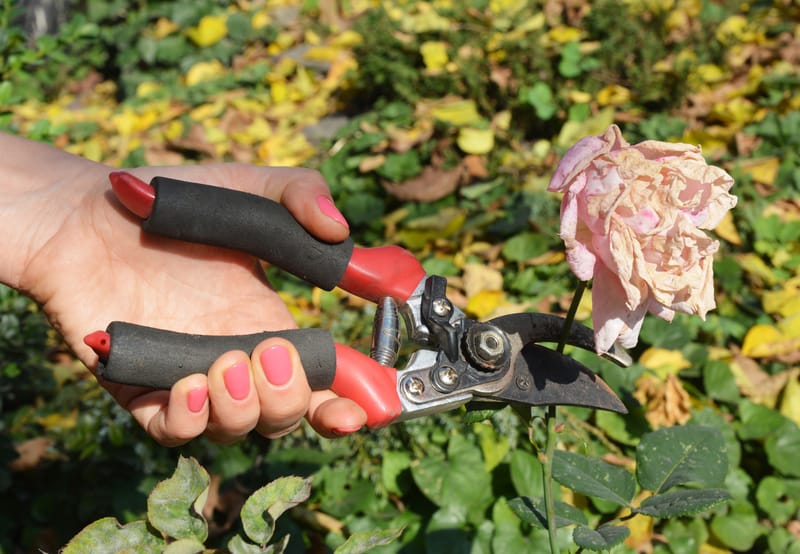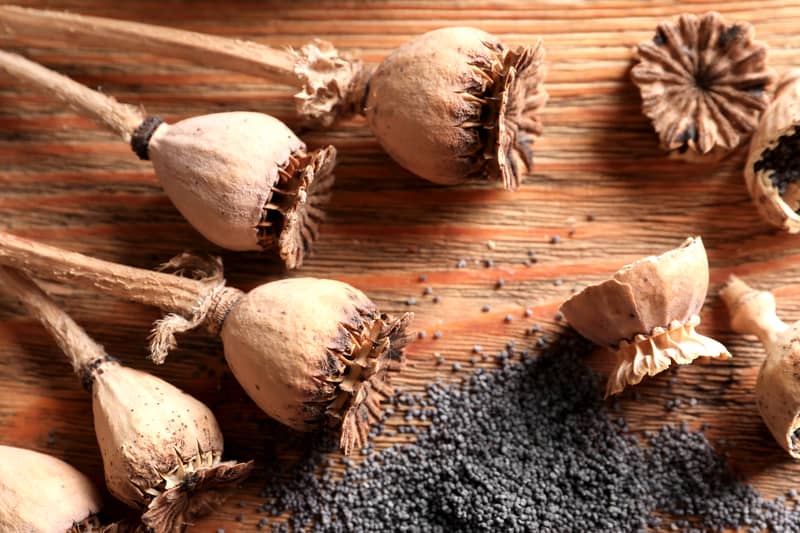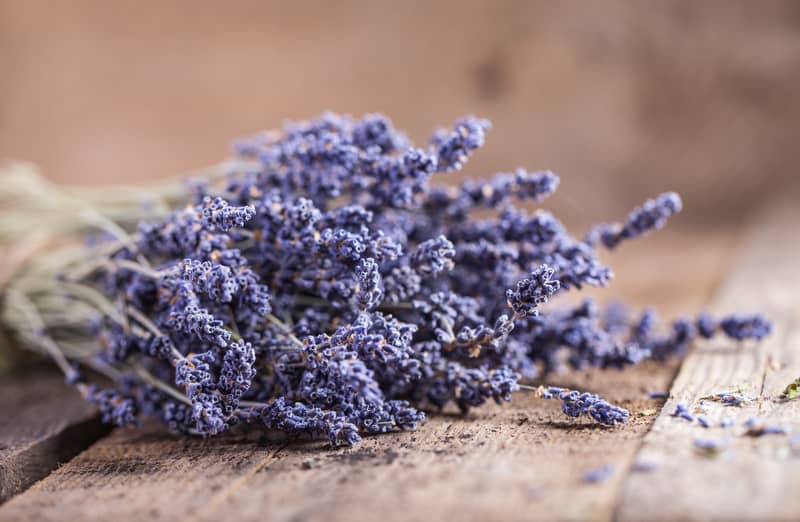Flowers, shrubs, and trees
Early perennials
Over recent weeks we’ve all noticed that the nights are gradually getting shorter. As a result, many of our plants are starting ever so slightly to tire for the season.
This applies mainly to our early perennials, which have lost most of their charm. To do this, we can just grab some scissors/cutters and snip off any unfresh used up flower heads and stems. But be careful to avoid new buds.
We do this to help the plant recover from sending out huge amounts of energy where it’s no longer helpful. It also allows potential fresh blooms to well, bloom. Here’s a handy link from the RHS about deadheading

Cuttings
You can use Non-flowering growth to make new plants. Keep in moist, warm, compost in partial sunlight for next year. Popular plants tend to be the hardy shrubs such as Lavender, Hebe (I won’t list more unless you ask me in the comments to save time.)
We use shrubby perennials because they are quick to root up, then busy out due to their adaptive hardiness.
- Snip some new growth about 5cm or so should be fine
- Remove leaves at the bottom.
- Pop into a pot containing gritty, peat-free compost.
- Option to add rooting powder.
- Add a plastic bag to the top to act as a Greenhouse, seal it with an elastic band to keep humidity raised.
- Check on it regularly; leave it on a warm, light windowsill.
- Once you see new growth, give it a little water, and soon pot on to a bigger pot.
As always, any questions, please get in touch, and we’ll be happy to help.
Seed pinching
As well as cuttings, we also have seeds left from both our annuals and perennials. We can gather them straight from the plant’s flower head as soon as they give the signal that they are ready (when the flowerhead comes away easy at your fingertips)
Remove some, leave some for nature, then pop somewhere that they can dry out for sowing next year.
An obvious visual example of a plant ready to show its seed is this dried poppy below.

Weeding
Some work on weeding now will really save time for later. The bigger plants need it most. Grab a trowel, a hoe, or any other tool that does the job.
If your planting area is finished for the year, once you’ve weeded, you can cover it, for example with a wooden panel or cardboard to prevent weeds from building up until you’re ready to plant again.
Trimming
Trimming can be a bigger task if you’re an immaculate standards kind of worker. For me, it’s more about practicality, but each to their own. It’s always better to appreciate a garden’s individuality rather than critique its differences.
- Check hedges, bushes etc for nesting animals. If they’re there, you’re going to have to wait, I’m afraid. “it is an offence under the Wildlife & Countryside Act 1981 to damage or destroy the nest of any wild bird while it is in use or being built”
- Tools at the ready (shears, loppers etc), pick a tool appropriate to the size of shrub and time on your hands.
As you can see, the RHS offer very specific guidelines on different types of pruning on their website
I would say as a beginner; we would just look for uneven growth to start with and cutting that back. Avoid going right back to the sticks of the bush as we need a few leaves. This trim will last through autumn & winter.
Lavenders
You can use dried lavender flowers for various things, so keep hold of those.
Just trim a few cm below flowered stems. But avoid cutting right down to the old brown wood!
If you want to make a cute bouquet (who doesn’t?), simply trim down, wrap stems in some string, and hang upside down to dry over a few weeks.

Ericaceous plants
Ericaceous plants are plants that live in acidic soil. for example, Heathers, Rhododendrons, Pieris etc
For these plants particularly, keep up watering, especially those in pots during August, whatever the weather. Maintaining them well now gives a boost for spring-flowering as they’re already preparing their buds.
Herbs & edibles
It’s a good time for cutting herbs and edibles to use. Remember you can freeze cuttings too if you’re short on time. Or you can dry them with your flowers to make a beautiful display.
As onion leaves start turning brown, you can grab them out. They do need drying for a few weeks; simply store them in a dry, dark and cool place until you’re ready for them.
Once you have your main peppers, courgettes, squashes etc (healthiest larger ones) on the go, it’s a good idea to nip off any less prosperous ones so plant energy can flow to the tastiest prize.
We’ve had an early spring this year if you remember, which was dramatically followed by intense bouts of frost, which has hiked up to scorching temps and down continually since. Quite eratic! If you have late fruits, don’t worry, there’s still some time for produce, and we’re better prepared for it next year, I’m sure.
Animals
Don’t disturb any nests if you can avoid them. Particularly birds, as it’s illegal.
When taking seeds, leave as many seedheads as you can behind so the birds have plenty to eat.
If some fruit falls, let the animals devour it. It’s easier on you and supports the ecosystem.
If you bring out water to hedgehogs and bees etc – keep it up! They’ll be relying on you, very much so on these hot days.
Hygiene
Birdbaths, feeders and waterbutts all need a good clean to avoid unwanted insect larvae (parasites) and disease developing.
Compost
Please give your compost a good turning with a garden fork and keep topping up with anything good you’re trimming. Compost is made up of 3 essential ingredients; Carbon, Nitrogen, and Oxygen.
Carbon – dry shredded leaves, cardboard. Shredded paper etc
Nitrogen – Vegetable trimmings, Green leaves, Green shrub prunings, manure, hair, coffee grounds, grass etc…
We’ve written more extensively about starting and keeping a compost going here!

That’s everything from me on stuff to do in the garden during August.
Thanks so much for your time and interest. Let me know how you’re getting on in the comments below. If you would like more information on wildlife gardening, or want to keep up with more of our news, get in touch on either our Facebook page, Instagram, or email
Ali

Leave a Reply